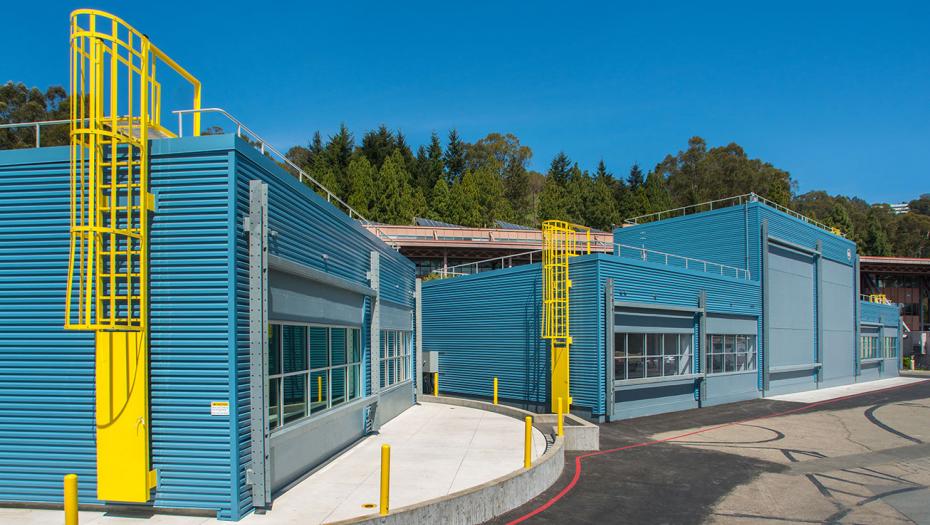Innovation is brewing in the Bay Area, and it’s not coming from another app development. FLEXLAB, a laboratory dedicated to studying energy efficiency, just opened up at the Lawrence Berkeley National Laboratory in the hills above UC Berkeley.
The lab is supported by the U.S. Department of Energy, and as of now, it is the only one of it’s kind in the world.
“It’s the first that tests system level technologies,” says Cynthia Regnier, FLEXLAB’s executive manager. “[FLEXLAB] provides a platform upon which we could test these systems and revalidate performance and improve it before it gets committed and built in the order of hundreds of thousands of square footage and millions of dollars of investment.”
According to local newspaper Contra Costa Times, startups, architects, designers, utilities and manufacturers in the Silicon Valley are invited to use FLEXLAB for fees adjusted to specific needs.
There are four separate labs to test-drive different technologies: Heating, ventilation and air-conditioning systems, lighting, windows and the building envelope.
Find out more at FLEXLAB’s official website.
Related Stories
| Apr 5, 2011
Top 10 Buildings: Women in Architecture
Making selections of top buildings this week led to a surprising discovery about the representation of women in architecture, writes Tom Mallory, COO and co-founder, OpenBuildings.com. He discovered that finding female-created architecture, when excluding husband/wife teams, is extremely difficult and often the only work he came across was akin to interior design.
| Apr 5, 2011
What do Chengdu, Lagos, and Chicago have in common?
They’re all “world middleweight cities” that are likely to become regional megacities (10 million people) by 2025—along with Dongguan, Guangzhou, Hangzhou, Shenzhen, Tianjin, and Wuhan (China); Kinshasa (Democratic Republic of the Congo); Jakarta (Indonesia); Lahore (Pakistan); and Chennai (India), according to a new report from McKinsey Global Institute: “Urban World: Mapping the economic power of cities”.
| Mar 30, 2011
China's low-carbon future city
In 2005, the Chinese government announced its target to reduce energy consumption per GDP unit by 20% by the year 2010. After a multi-billion investment, that target has been reached. The Chinese Climate Protection Program’s goal to increase energy efficiency, develop renewable energies, and promote energy savings while reducing pollutant emissions and strengthening environmental protection is reflected in the “Future City” by SBA Design.
| Mar 30, 2011
Is the AEC industry at risk of losing its next generation leaders without better mentoring?
After two or three horrifying years for the AEC industry, we are finally seeing the makings of a turnaround. However, data developed by Kermit Baker as part of the AIA Work-on-the-Boards survey program indicates that between 17% and 22% of design firms are eliminating positions for interns and staff with less than six years of experience. This data suggests the industry is at risk of losing a large segment of its next generation of leaders if something isn't done to improve mentoring across the profession.












